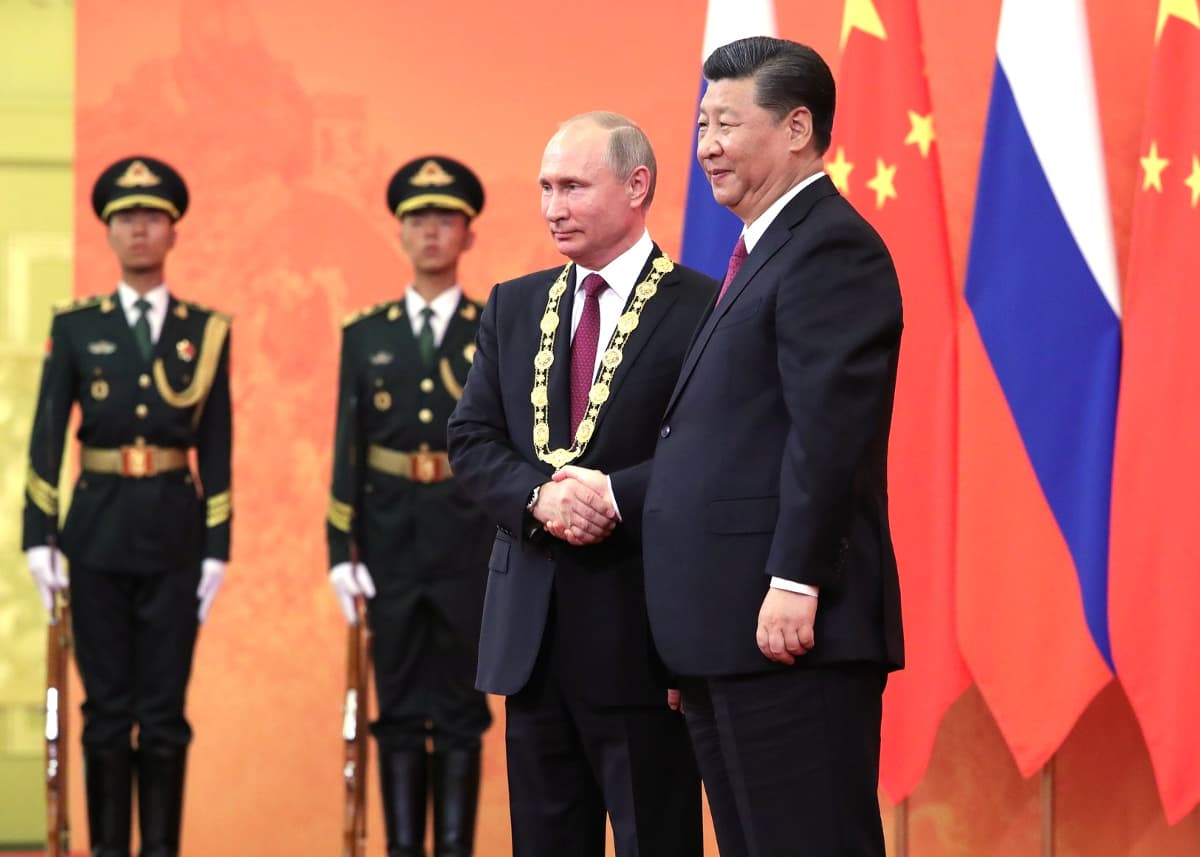China’s Maps Call Vladivostok ‘Haishenwai’
And therein lies the beginning of what could become quite a story.

It has been said that one cannot use an old map to explore a new world. Yet, if one is Communist China, one might be able to edit it to create a new world. Beijing’s recently revised mapping standards seem to suggest it is attempting just that.
The standards, released by the Ministry of Natural Resources on the approval of the State Council of the people’s republic, require that all Chinese maps “accurately reflect the scope of China’s territory.” In addition to islands in the South China Sea and Free China – which is to be called “Taiwan Province” – this also appears to include eight Russian cities that span the Sino-Russian border.
Vladivostok has become “Haishenwai.” Khabarovsk, Russia’s easternmost city, “Boli.” Sakhalin, the Kremlin’s outpost in the Pacific Ocean, just 27 miles north of Japan, is now “Kuedao.”
Beijing maintains that these, and five other, territories were unduly handed to Tsarist Russia in a bout of treaties that saw Moscow strip China of 350,000 square miles of land during the nineteenth century. The CCP claims that the new standards then reflect “China’s actual borders based on historical materials.”
Before the alleged plundering, Sino-Russian boundaries were governed by the 1689 Treaty of Nerchinsk under which the Qing acquired Russian lands north of the Amur River as far as the Stanovoy mountain range.
The Kremlin has so far not commented on Beijing’s advances. One could say that whether it does is also neither here nor there in what both Presidents Xi and Putin have repeatedly called a “new era.” For in this new geopolitics Russia has become every bit the supplicant before an emboldened Beijing.
Though the dynamics of the partnership had been shifting for some time, the war in Ukraine has accelerated Moscow’s diplomatic and economic dependence on its “dear friend.” Even if Mr. Putin wished to dispute Beijing’s claims, he could scant afford to do so. In any case, what’s a bit of land between friends?
“Change is coming that hasn’t happened in 100 years and we are driving this change together,” said Mr. Xi to his Russian comrade at the Kremlin this week. “I agree,” was the retort. It would appear that Messrs. Putin and Xi are bound by a shared vision of a new international order forged against its current Western-led variant.
In this new order, the People’s Republic of China is to assume a moral and strategic center, with Russia a pliant sidekick and other nations as ostensible vassal states. It is for this reason that Beijing speaks of a “common destiny of mankind” and “common values of humanity” – and why it and Moscow insist on multipolarity.
Realizing such an order involves undoing the political, cultural, and geographic vestiges of Western dominance. The bloodshed in Ukraine is part of this project. So, too, would be an eventual attack on Taiwan. Western alliances in the Pacific must also be dismantled, to be replaced by a CCP-led security architecture. Were the Chinese navy to be stationed at Vladivostok or on Sakhalin, say, this undoing would likely be made all the easier.
Should Beijing eventually act on its new mapping regulations, the Kremlin could then yet forgo some of its square mileage for the wider aim of weakening the West. Mr. Xi’s talk of “driving change together” suggests a far more profound level of coordination and cooperation than has been appreciated.
“The parties note the deep transformation of the international architecture” and the “irreversibility of such historic trends,” reads the joint statement issued by Presidents Xi and Putin on Tuesday. It is a chilling prospect. Yet it is one towards which both men urgently aspire, and for which the West needs to be prepared. A few border revisions just help to advance the aim.

